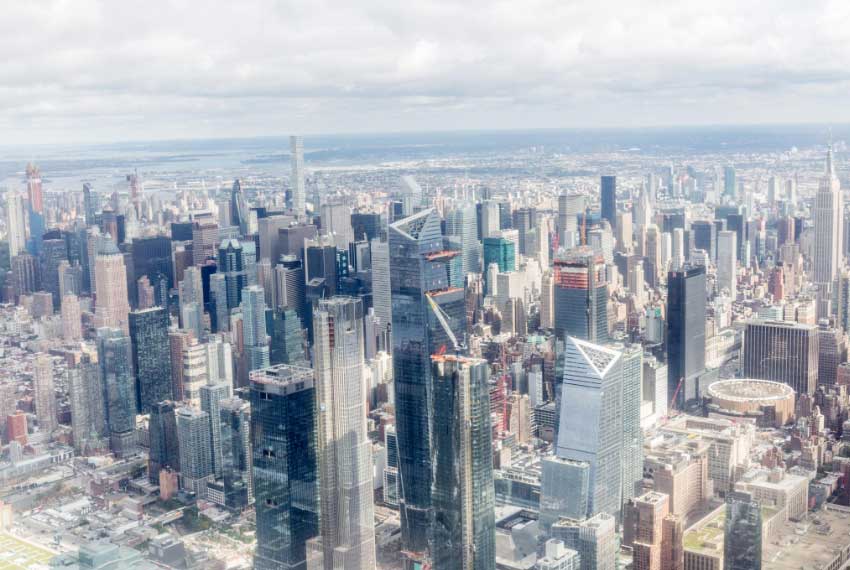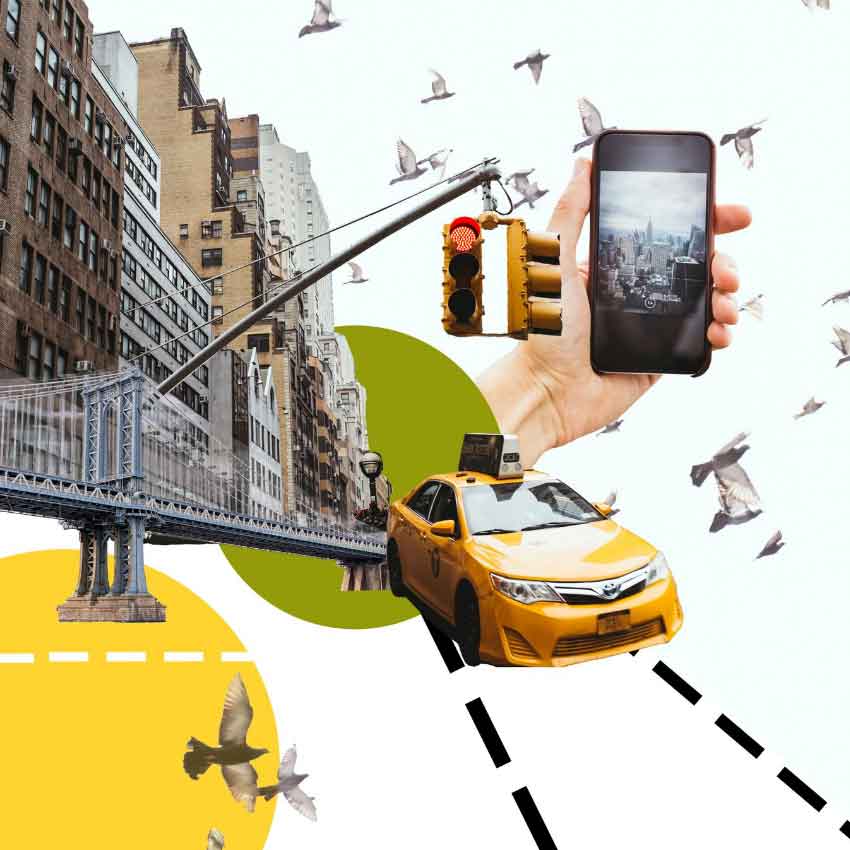Show:
How New York Is Becoming a Smart City
As technology continues to improve and the world becomes more and more concerned about how it consumes energy, there has been a big shift towards ‘smart cities’. As these conurbations are where a lot of energy is consumed, it makes sense that they are tackled first and foremost. As one of the world’s great megacities New York is leading the charge in many ways. Essentially, they have put in place many measures in an aim to conserve precious resources such as energy and water, while reducing the environmental impact of the city. All of this is being done while still improving quality of life for residents. There are all sorts of areas that are becoming smarter, so let’s take a look at some of them in this blog post.

Smart Lighting
From the moment you arrive at the airport and put your car in LGA airport parking, you may notice that lighting upgrades are being made all over the city. As ‘the city that never sleeps’, you can bet your bottom dollar that New York uses a lot of energy on its lighting! In larger buildings, you still see a lot of incandescent and first-generation fluorescent lighting being used, and there is not much in the way of lighting controls. In fact, many of them are still controlled manually, which is behind the times when you think what smart technology can do these days.
It was back in 2013 when the Accelerated Conservation and Efficiency (ACE) program was first launched with the aim of using $350 million of funding across over 650 buildings across the city. A lot of these projects involve installing less energy-consuming lighting such as LEDs. Hundreds of thousands of dollars are being saved in energy bills, while emissions are also being drastically reduced as well. Essentially, it is a win-win situation.
Smart controls are other features that are being added to many lighting projects. This allows for further funds to be saved through dimming. Plus, there is the option of scheduling or putting in sensors to determine whether people are in the building or not.
Smart Water Metering
As we mentioned at the start of the blog post, water is another essential resource that is consumed in a big way in cities like New York. In fact, as much as one billion gallons of water are used every single day in the city! A grand automated water reading system (AMR) is being installed to determine just how much water is being used, as well as allowing customers to monitor their own water usage and work out ways that they can reduce it.
These AMR systems are being installed in hundreds of thousands of properties all over the city, which are designed with the benefit of users in mind. Small users receive updates four times a day with a snapshot of their water usage, whereas larger users can benefit from hourly live data, which allows them to make changes to their activities whenever these are required. Linking up with a smartphone app can help to detect if there is any excess usage, which could indicate that a leak has occurred.

Property owners can engage in a couple of main recycling programs. The first is greywater recycling, which refers to wastewater, which can be used in functions such as toilet flushing and irrigation. Then there is rainwater recycling, which involves capturing as much as possible of this free water to fulfill the needs of the residents. A water quality monitoring system also detects if anything potentially harmful has managed to get into the water supply, acting as an invaluable early warning system.
Smart Waste Management
Many people don’t think much about their waste after it has been thrown away, but there is a vital system in place in New York to deal with it. Thousands of tons of trash are collected each and every day within the city. This presents a widespread logistical challenge for the sanitation department, but this problem is being improved by systems such as the BigBelly, which are essentially smart trash cans that offer several different advantages. First up, they are equipped with a wireless sensor, which helps detect when levels are getting full and pick-ups can be scheduled better as a result. There is also a trash compactor on the inside, which runs on solar power and allows as much as five times the amount of waste to be held than a traditional trashcan. The better scheduling of connections also has the positive knock-on effect of bringing greater emission control through reducing the time on the road of the garbage trucks.
Air Quality Monitoring
Another smart improvement that is being made to the city of New York is an improvement in air quality monitoring. There are monitors located all over the city that detect any changes occurring in either the short or long term. As a result of this monitoring, there has been a widespread introduction of a rebate for customers who are willing to convert their heating systems from oil to natural gas. The maximum amount depends on the size of the property. Since 2008, sulphur dioxide levels have been reduced by over 70 percent, which represents a significant improvement on the air breathed in on a daily basis by New Yorkers.

A lot of these smart systems have monitoring in common, which means that they can proactively keep up with what is being used and released in New York. As a result, policy makers can implement the necessary changes to reduce what is being used. There are also the smart systems that allow for the greater level of control such as the smart lighting discussed above. Ultimately, we will see a lot more smart technology being introduced into cities in the long-term, and it is certainly a project that looks like it will have significant positive effects on cities around the world, improving the environmental situation, as well as life for the average resident.

 Return to Previous Page
Return to Previous Page








